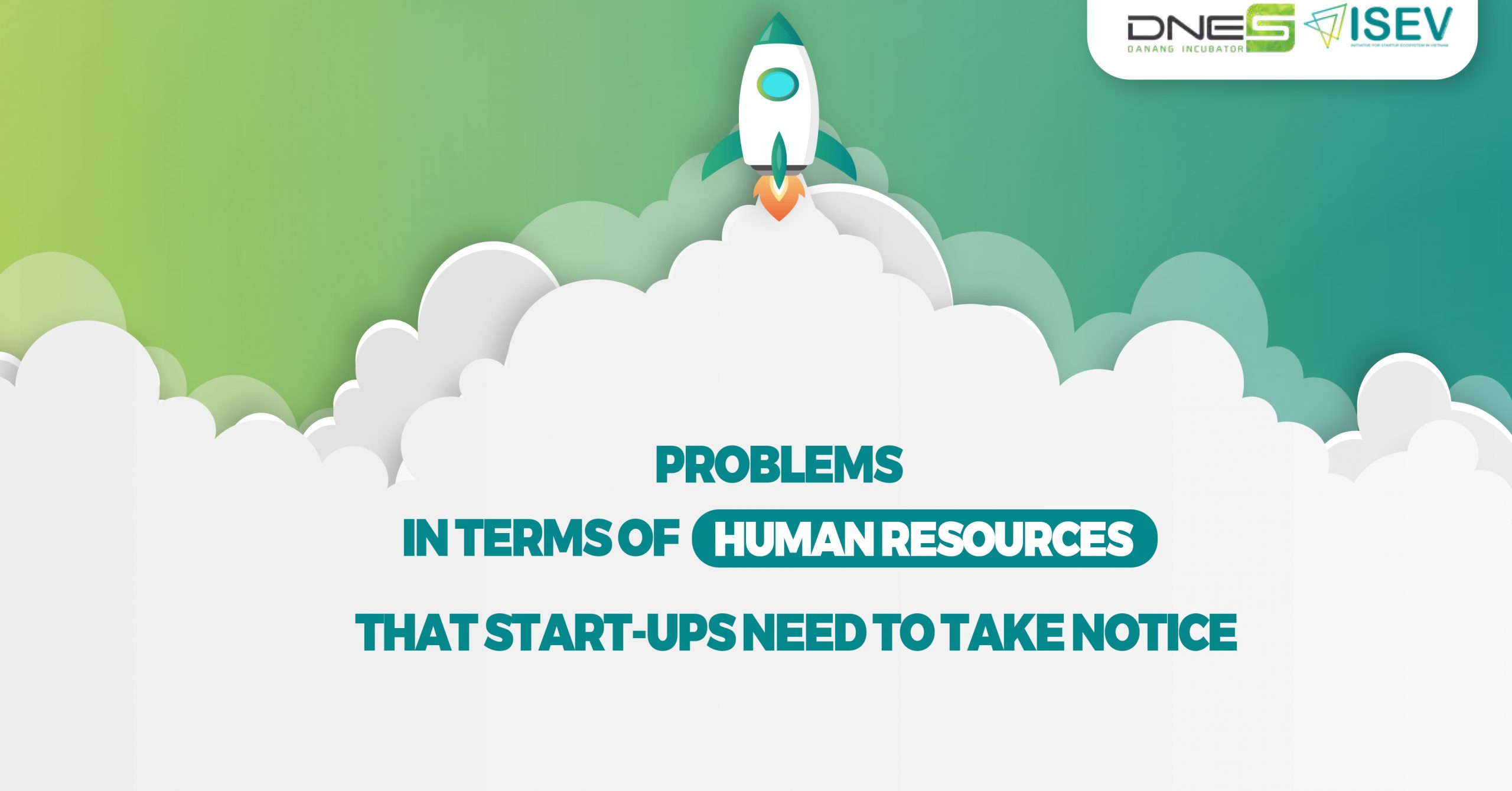REVENUE, CASH FLOW AND THINGS NEEDED TO KNOW
WHEN STARTING A BUSINESS PLAN
Answering a question of what revenue stream your business has may not be much intricate. However, ways of earning money are much more important. Particularly since they are direct factors on cash flow which is fuel for the money-making machine of your business. Have you thoroughly understood revenue and cash flow of a start-up? Let’s learn those concepts in the video below with DNES.
I. Revenue:
What revenue streams does your business have, we believe it is not too trouble to answer the question. As when you start a business idea, you certainly think about how to gain money from users or customers. Consequently, with regular revenue streams, or transactional revenues, or revenues in service periods, you can include in the description of what it is, what revenue it is.
Nevertheless, it is essential to know how we gain money as the revenue from customers. Will customers pay in advance or while receiving products or services? Will customers pay after experiencing products or services or will they
However, it should be noted that, how will we collect money with that revenue stream from customers? Will customers pay us upfront, or will they pay as soon as they receive products and services? Will customers pay after using the products and services, or will they rent regularly or will they pay each time according to the products and services they receive? Will you go to the customer's collection place or will they transfer it to you? Or do you use an intermediary payment unit? How to collect money is very important. Because this will affect the cash flow of a business. If business is considered a money-making machine, cash flow is the fuel of that business machine.
II. Cash flow is the fuel for money-making machine
If you already ran business, or if you are about to embark on the start-up journey, it is inevitable that trouble leads to some others simultaneously. If you owe staff salary, you are likely to encounter overdue payment. Or if you probably undergo a case that you do not own enough money to pay when it comes to the state's tax payment due date. Or Everything can be hectic like that. So how do we tackle the puzzle? If cash flow is the fuel for a business engine, does it continue moving when it runs out of gasoline ? The very reasonable answer is no.
It's like you see loans that are due to be paid but you have not seen the money to pay.
1. Safe cash flow
We've just talked about the concept of always maintaining a positive cash flow. That is, in the account, or in the company's fund, or in the safe, or in your own wallet, there must always be money, in order to be able to cover the payment obligations that come your way. And to control risk, we have to look very closely at what is the cash inflow and cash outflow of the specific business, how much is the amount and when will it appear?
Cash inflows can be revenue, it can be investment money that you get from shareholders, from investors. In case you are looking to borrow money from friends or borrow money from relatives, can you think about whether you can invite them to join your business activities as shareholders? You can borrow money, and borrow money long-term, or borrow money short-term. When it comes to borrowing money, the first point we think about is borrowing from a bank to make an institution that is allowed by the state to perform credit operations. However, letting a founder borrow money from the bank is too difficult. Then we will look to angel investors. Angel investors here are relatives, friends, people who may be strangers but believe in your dreams, your ability to run your business, and the potential of the market you're trying to conquer. By receiving money from these angel investors, you are gaining new shareholders to join your own business. These are cash inflows that we call safe cash inflows.
2. Risky cash flow:
You can also see that you have to have the money out. We have to invest. Investments are those you make once and then the investment value will gradually be allocated and depreciated into your products and services. In addition, we have fixed expenditures and we have variable expenditures.
It should also be noted that one-time expenses, whether investment or fixed, will be high-value expenses, but we prepare for it very well. Whether you want to buy a car to run your business, or you want to open a new store, you will have to learn very carefully. But variable costs are something we often overlook and it's something that makes our cash flow problematic, encountering risks we can't pay for in advance. Those are called risky and reckless. For example, you can buy a car, which is not difficult. We can raise capital to invest in buying a car. But the cost of refueling that car will be a worry. It will be your constant headache for a long time.
And to start a smooth start-up plan, we also want to note to you an additional cost. That's the hidden cost. These are costs that normally when laboring, and calculating business activities we do not see. For example, when starting the first part of the business, we can ask you to ship a package on your way to work. But when you've expanded your business, your expenses can't be relied upon any more and you start hiring people to do transportation. These are expenses that you initially could not have anticipated and now incurred. Or go back to the example of us having to buy a car to carry goods. We forget that along the way there will be a lot of incurred items that we are not aware of. For example, on the delivery route, now applying tolls, we have to pay such fees. The expenses we don't expect are sometimes small, sometimes big, but they are all shocks that make us think a lot.
III. Building a business model is crucial:
However, the above risks can be solved by building a business model. Building a business model is fortunately not so intricate. Even researchers have shown us that a lot of successful economic activity is in fact not the creation of an entirely new source of business but the improvement, the logical assembly of traditional business models. These are well-documented sources of business.
- The first one is razors and blades. This is a very common pattern such as gillette razor, or nespresso coffee. They sell products cheaply, even for free. However, in order to exploit the value of these products, you need to regularly buy more consumable materials from them.
- The second model is the freemium model. This is a model that works a lot, especially when you work in the field of information technology. We use many of these models while building platforms. In the beginning, we did not charge to attract a lot of users. But later, when users want more advanced features, better security, higher storage capacity, we will start charging them.
- The next model is the peer-to-peer model. This is usually the model of intermediary trading platforms. For example, PNP, IPay is a place where people can trade with each other.
- The fourth is the self-service model. This is a very popular model and there are many applications in both physical business types as well as online business activities. For example, when we walk into a café, we see more and more customers being trained to get used to self-service. We order and bring back the calves ourselves. We're done and we're going to put things away ourselves. We are trained that these are civilized actions when consuming. But if you're a product provider, this model will help you see that, the more customers you have who make you that much, the lower the cost of providing the service. Because you won't need to hire personnel to pick up calves and you don't need to hire personnel to clean up.
IV. 4 steps to complete a business model when starting a business plan:
In completing a business model, there are 4 steps to practise:
- Step 1: Analyze the current business model
It is pivotal to get an analysis of the current business, because nowadays the business world is changing extremely rapidly and involves much uncertainty that we can not forecast. Analyzing the business model will aid us to know things needed to improve and anticipate risks.
- Step 2: Audit and complete minor component of the business model
- Step 3: Finalize a new model
A business model has 4 pillars: who, what, how and why. In case you come up with answers to every single pillar, you just end up strengthening your business model. (For instance: to search for customers in a better way, to define customers more explicitly and specifically…). In contrast, if you answer two questions at the same time, you head for a new, detailed model. (For instance: if you are able to answer both who and how, you explore a brand-new customer segment. And to satisfy this segment you must invent fresh methods of collecting money or providing new products)
- Step 4: Implement the new model
If we only solve a single question, we are improving and adjusting the business model. If we simultaneously address two or more questions above, we acquire a new model. In the case of this new model, we will want to test, experiment with the market, then collect its feedback and continue to amend and perfect.
When you have a new business model, you'll want to try it out, test it against the market, get market feedback, and continue to refine and refine it.
Completing a business plan is a circular process and requires that you have comprehensive knowledge of business model, customer, market, revenue and cash flow of a start-up. In order to better understand these concepts as well as get more confidence in the journey of realizing your start-up, let’s watch the video below:
Author: Tran Tri Dung




